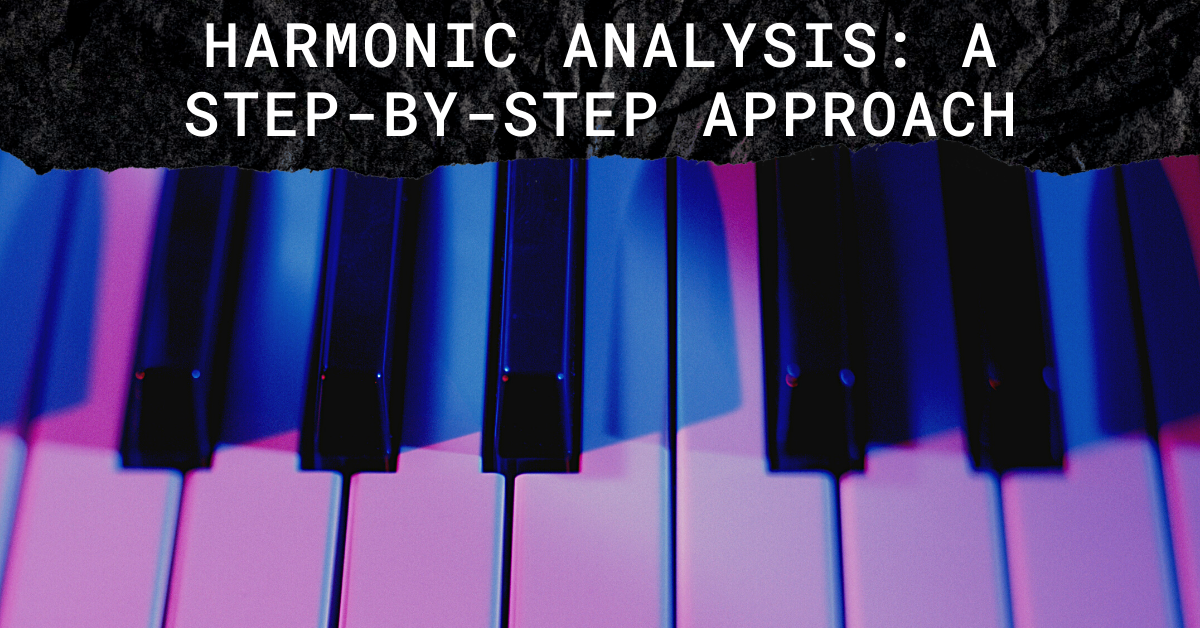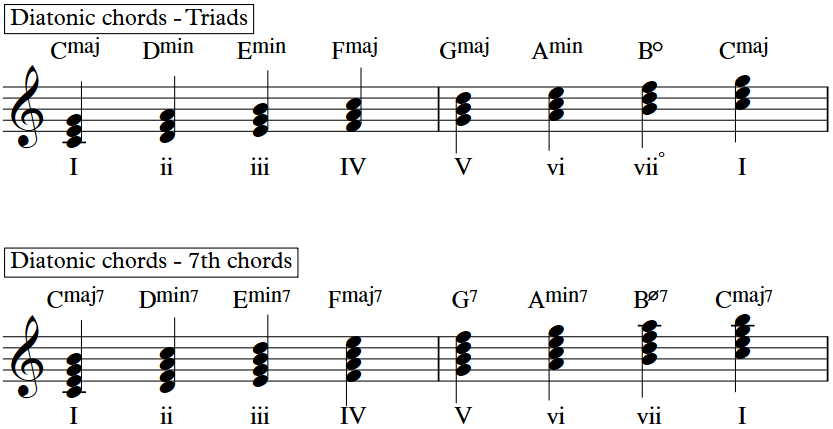Harmonic Analysis: A Step-By-Step Approach

Harmonic analysis is an incredibly important key in unlocking the mysteries of music. By understanding and using harmonic analysis we can answer questions such as "what was the composer thinking about (musically) when he/she wrote this music?" Or, "what chords are being used to make this song sound so good?" Or, "what role are each of the instruments playing in this incredible orchestration?" Harmonic analysis is a way to make the complex simple, to get inside the mind of the composer and figure out exactly what makes the music move. In this article, we'll answer the following questions:
- What is harmonic analysis?
- What are the essential first steps in learning the skill of harmonic analysis?
- How does one practice and improve the skill of harmonic analysis?
Harmonic Analysis: What Is It?
Harmonic analysis is sort of like music math. We're looking very discerningly at a given piece of music and analyzing the harmony. Why the harmony? Why not the melody? Well, we look at the melody, too, but the harmony in particular is important because it shows us how to understand the chords (or chord structures) that were used by the composer. And from this analysis we come up with a very specific formula that explains the music in simpler terms. This formula is what allows us to understand how the chords move from one to the next, referred to as the chord progression or harmonic progression (that's a term you'll want to remember).
In a nutshell, the harmony is like the blueprint to a house. You really want to make sure you understand the blueprint before you start building or remodeling the house.
Harmonic Analysis: First Steps
The first steps to understanding harmonic analysis is understanding diatonic chords, both triads and 7th chords. Harmonic analysis uses Roman numerals to represent chords - upper-case for major and dominant, lower-case for minor and diminished. When we look at a piece of music we try to recognize the particular chord or harmony used and then assign a Roman numeral.
In a major key we use the following Roman numerals to represent the diatonic chords (remember that diatonic chords are constructed by building a new chord on each degree of the major scale, using only notes from that particular key):
(In the key of C major)
Harmonic Analysis: How to Practice
Let's take a look at a very famous piece of music, Mozart's Sonata in C Major K. 545 (just the first 4 measures):
We're going to do some harmonic analysis on this piece. Looking at measure 1, what chord is being used? You don't see a nice, simple chord, do you? Sometimes when there aren't easy-to-read chords being used, we have to reorganize the notes a bit and help the harmony come more sharply into focus. Consider the following:
Ahhh! Now it's starting to look like something we can analyze. The Alberti bass (the name for the arpeggiated bass line in the first example) is usually based on the individual notes of a chord, and when we stack them up we can see what's going on in the harmony. We would analyze this piece by writing the Roman numerals under the lower clef (and we've written the chord symbols above for further clarification):



